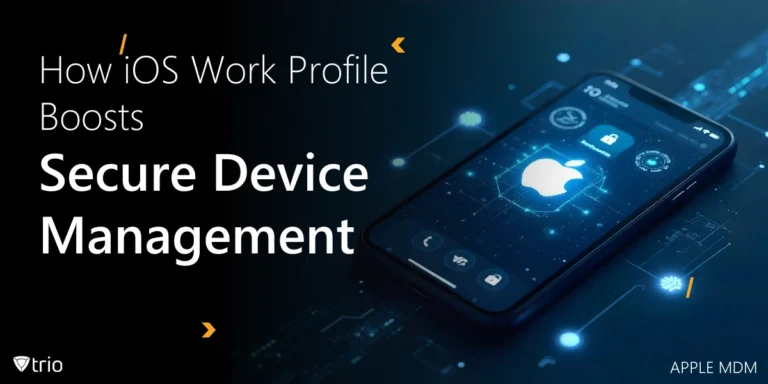The threat posed by biometric fraud and deepfake technology is becoming a significant concern for companies worldwide. As cybercriminals become more sophisticated, businesses must adopt proactive measures to safeguard their systems and data. This article delves into the growing menace of biometric fraud and deepfake technology, exploring the steps companies can take to stay ahead of these evolving threats.
The Growing Concern Over Biometric Fraud
Biometric authentication, once hailed as a highly secure method of protecting sensitive information, is now facing scrutiny. According to a recent survey by GetApp, 49% of professionals globally have privacy concerns and 38% fear potential identity theft from using biometric protections. This apprehension is not unfounded, as cybercriminals are increasingly leveraging AI to create synthetic biometric data for fraudulent purposes.
National Institute of Standards and Technology (NIST) highlights the vulnerabilities in biometric systems, stating that biometric systems are not foolproof and can be susceptible to spoofing attacks, where an attacker uses fake biometric data to gain unauthorized access. This underscores the need for companies to reassess their reliance on biometric authentication and explore additional security measures.
The Rise of Deepfake Technology
Deepfake technology, which uses AI to create hyper-realistic fake videos and audio, is another growing threat. These AI-generated deepfakes can be used to impersonate individuals, making it challenging to distinguish between genuine and fake content. A study by Deeptrace Labs found that the number of deepfake videos online had doubled in just nine months, with a significant portion being used for malicious purposes.
Deepfakes have the potential to undermine trust in digital content and can be used for a variety of nefarious activities, from spreading misinformation to committing fraud.
Companies Responding to the Threat
In response to these emerging threats, companies are ramping up their cybersecurity efforts. GetApp reveals that 77% of organizations have increased their cybersecurity investments over the past 18 months. This includes adopting multi-factor authentication (MFA) and enhancing network security protocols.
“Company leaders need reassurance that their protections can still work to defend them against threats,” says David Jani, senior security analyst at GetApp. “In practice, this requires executives to review how they guard access to their systems and understand the best ways to rise to the challenge of newer, more targeted fraud.”
Developing Deepfake Response Plans
As deepfake attacks become more prevalent, companies are developing response plans to address these threats. These plans often include running simulations of deepfake attacks to increase preparedness and training employees to recognize and respond to such threats.
Raising awareness and providing hands-on training for deepfake attacks are crucial for preparing the workforce to handle these emerging threats. By blending theoretical knowledge with practical exercises, employees can better identify risks and remain alert.
Strengthening Cybersecurity Measures
To combat the threats posed by biometric fraud and deepfake technology, companies are adopting a multi-faceted approach. This includes improving network security, prioritizing software updates, and strengthening password policies. Additionally, companies are focusing on using more data encryption solutions to protect their data.
See Trio in Action: Get Your Free Trial Now!
Stay Ahead of Biometric Fraud & Deepfake
The threat of biometric fraud and deepfake technology is a pressing concern for companies worldwide. However, by adopting proactive measures and staying informed about the latest developments in cybersecurity, your business can protect itself against these evolving threats. As technology continues to advance, it is crucial for organizations to remain vigilant and adapt their security strategies to stay one step ahead of cybercriminals.




